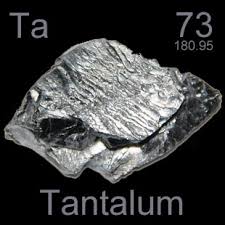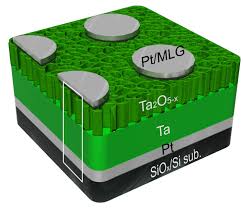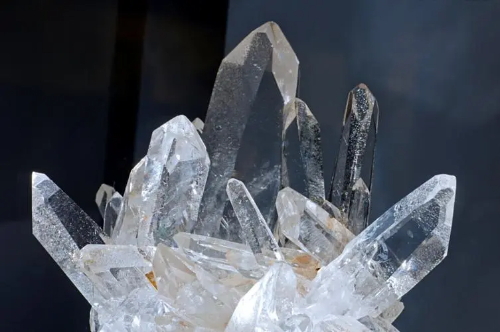How is Tantalum Found
What is Tantalum?
Tantalum is a metal element, element symbol is Ta, atomic number is 73, density is 16.68g/cm, melting point is 2980 DEG C, is the third most refractory metal. Pure tantalum has a blue color, excellent ductility, can be rolled into a very thin plate in the cold state without intermediate annealing. The corrosion resistance of tantalum is the same as that of glass. At a medium temperature (about 150 DEG C), only fluorine, hydrofluoric acid, sulfur trioxide, alkali, and some molten salts have an effect on tantalum. Tantalum is stable at room temperature, it will accelerate oxidation to produce Ta205 if heated to 500 DEG C.
What are the Tantalum Properties?
Tantalum has a series of excellent properties such as high melting point, low vapor pressure, and cold processing performance, high chemical stability, anti-corrosion ability, constant liquid metal oxide film, has important applications in electronics, metallurgy, chemical industry, iron and steel, hard alloy, atomic energy, superconducting technology, automotive electronics, aerospace, medical health and scientific research and other high-tech fields.
Currently, the most important application of tantalum is tantalum capacitors. Tantalum must appear together with niobium whose chemical properties are similar in nature, usually hidden in the niobium tantalum ore, iron ore, and coltan. Brazil and Australia are the two countries that have the most abundant tantalum resources.

Tantalum discovery history
In the middle of the seventeenth century, a heavy black mineral was found in North America and was sent to the British Museum. After about 150 years, until 1801, the British chemist C.Hatchett accepted the analysis task of the ore the British Museum, discovered a new element, and named it Columbium, which is to commemorate the earliest discovered mineral areas -- Columbia.
In 1802, when the Swedish chemist A.G.Ekaberg analyzed a mineral in Scandinavia, making their acid fluoride salt after recrystallization, leading to the discovery of the new element, he named the element Tantalum referred to in Greek mythology, Jose Tantalus, the son of God's name.
Due to the nature of columbium and tantalum are very similar, people once thought that they are the same kind of elements. In 1809, the British chemist William Hyde Wollaston compared tantalum and Columbium oxide, although different density value, he believes that the two are identical material.
In 1844, the German chemist Heinrich Rose dismissed the conclusion that tantalum and Columbium are the same element, and identified that they are two different elements by chemical methods. He named them "Niobium" and "Pelopium".

In 1864, Christian Wilhelm Blomstrand, Louis Joseph Troost clearly demonstrated that tantalum and niobium are two different chemical elements, and determine the chemical formula of some related compounds. The early tantalum metal has more impurities. Werner von Bolton was first made of pure tantalum metal in 1903.
Scientists first used the hierarchical crystallization method to extract tantalum from niobium. This method is found by de Marinella in 1866. Today, scientists are using a solvent extraction method for the solution containing fluoride.
Tantalum industry development process
Tantalum was discovered in the early nineteenth century, but it was not until 1903 that tantalum was produced. In this year, tantalum was produced in the industry. Therefore, the development of the world's tantalum industry began in the 1920s.
The United States is the world's first country to start the production of tantalum, in 1922, they produced tantalum metal on a large industrial scale. Japan and other countries began to develop the tantalum industry in the late 1950s. After decades of development, the world's tantalum industry has reached a very high level of production. The products, technology, and equipment level of the global tantalum industry are very high, which is suitable for the rapid development of world science and technology.




